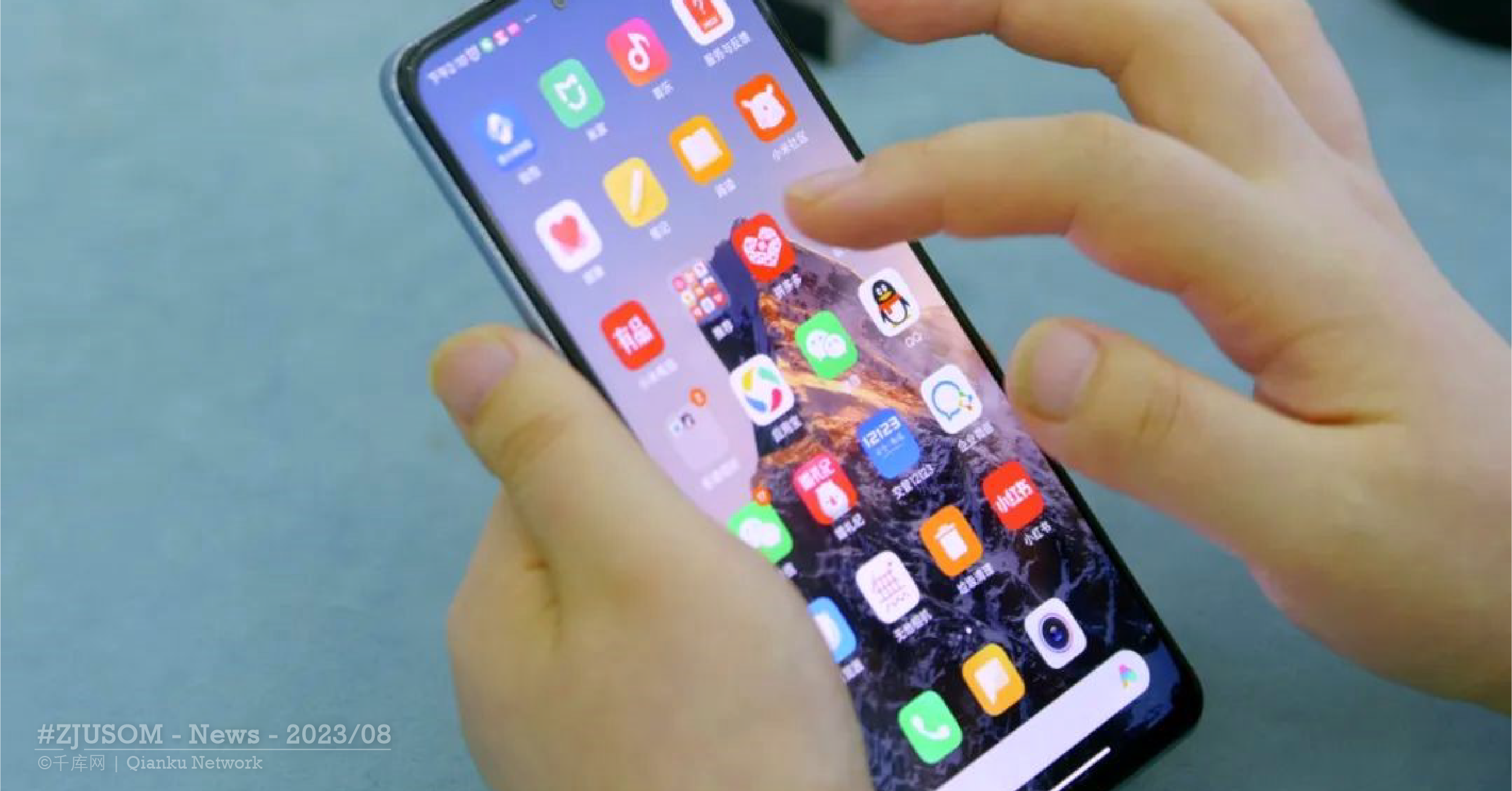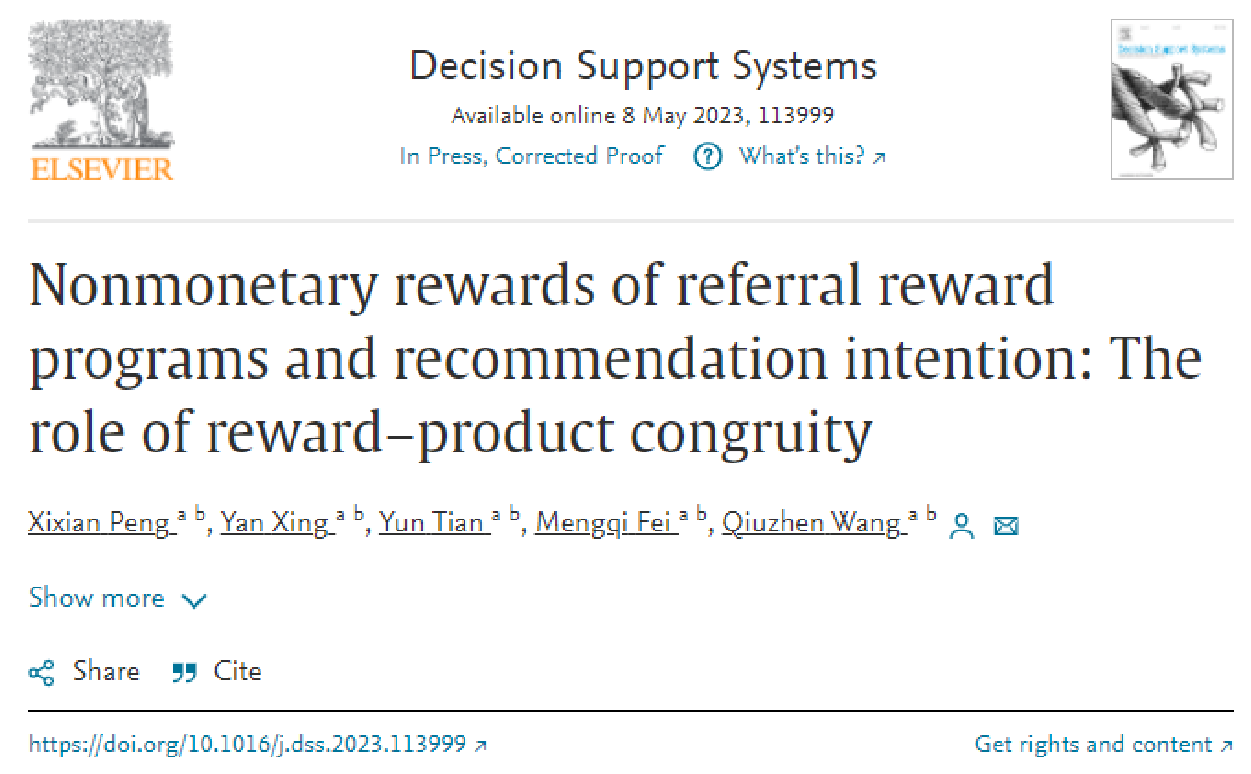In today’s saturated app store market, encountering deceptive tactics has become increasingly common. You may have come across scenarios like the one described below on numerous occasions:
One day, a close friend sends you a link, inviting you to participate in an app that promises monetary rewards for both of you. Intrigued, you click on the link, only to discover that you can only receive the reward after successfully inviting the same number of people as your friend did. Feeling hesitant to follow the same path as your friend, you decide to give up and uninstall the app.
A week later, the same friend approaches you again, explaining that they failed to obtain the money reward previously but now have a golden opportunity. They ask for your assistance, leading you to download the app once more.

|
©千库网 | Qianku Network |
As you quickly uninstall the app, negative emotions intensify toward your friend, and you even feel a sense of disgust toward the app itself. The whole situation leaves you with a growing sense of disappointment and frustration.
Doesn’t it sound weirdly familiar? Indeed, apps using deceptive tactics like these are getting increasingly pervasive, and it is difficult to find someone who hasn’t encountered such tricks.

|
©千库网 | Qianku Network |
Many app developers view these tactics as a surefire way to increase user traffic and consider them to be harmless.
However, the latest research conducted by Professor WANG Qiuzhen and researcher PENG Xixian from the School of Management at Zhejiang University suggests that simple and direct monetary rewards have their limitations. In contrast, cleverly designed non-monetary rewards have been found to have a more significant impact on publicity and user engagement.
Recently, a research paper titled "Non-monetary Rewards of Referral Reward Programs and Recommendation Intention: The Role of Reward–Product Congruity" was successfully completed by Professor WANG Qiuzhen, researcher PENG Xixian, and doctoral students Xing Yan and Fei Mengqi from the School of Management at Zhejiang University. This significant research work was published online in Decision Support Systems, an esteemed international academic journal in the field of information systems. The journal is widely recognized as one of the top CSS (Computing and Systems) journals accredited by AIS (Association for Information Systems). The publication of this paper highlights the team’s valuable contribution to the field and signifies its recognition by the academic community.

|
The link to the original research paper is available here |
With the scheme of online invitation rewards, the present paper, based on revealing the disadvantages of monetary reward, explores how to design non-monetary rewards to achieve the best publicity effect.
|
WANG Qiuzhen | 王求真 School of Management, Zhejiang University |
||
|
|
||
|
|
|
Academic Background: WANG Qiuzhen, professor and doctoral supervisor in the Department of Data Science and Management Engineering, School of Management, Zhejiang University, deputy director of Neuromanagement Laboratory, Zhejiang University. Her research interests are E-commerce, neural information system and information system project management. You can learn more about Prof. WANG Qiuzhen’s academic background here |
|
PENG Xixian | 彭希羡 School of Management, Zhejiang University |
||
|
|
||
|
|
|
Academic Background: PENG Xixian, researcher and doctoral supervisor in the Department of Data Science and Management Engineering, School of Management, Zhejiang University. His research interests are Web interaction and Internet content design, cross-cultural Web design research, NeuroIS and social commerce, etc. You can learn more about PENG Xixian’s academic background here |
Before getting to the research conclusions, let’s first examine the "Referral Reward Program", which is widely used by enterprises.
Rather than boasting, many enterprises today opt for word-of-mouth marketing strategies on social networks as a means to acquire new customers. One of the most commonly used strategies is the implementation of a recommendation reward plan.
The ubiquitous "Invite friends to get a reward" activity found in various apps is a prime example of a Referral Reward Program (RRP).
Now, the question arises: Does the RRP truly deliver effective results? Research indicates that not only does the RRP attract more users to enterprises, but these users also yield significantly greater benefits for the enterprises compared to users acquired through other channels. This highlights the exceptional operational value of the RRP for both enterprises and their products.
However, it is important to note that the adoption of an RRP does not automatically guarantee a good publicity effect. While the RRP can be a powerful tool for attracting users, achieving positive publicity relies on various factors, including the well-designed and well-executed nature of the program, the quality of the promoted product or service, and the overall user experience. As a cost-effective marketing method, the key to RRP is setting rewards.
If set appropriately, rewards can effectively incentivize both users to make recommendations and those who receive the recommendations to accept them. This can result in a publicity effect that surpasses expectations and attracts a significant number of new users at a reasonable cost. However, if the rewards are not properly aligned, the potential publicity effect will be limited, even with the same cost invested.
Consequently, determining how to establish suitable rewards becomes a crucial challenge that every enterprise seeking to adopt an RRP must carefully consider and address.

|
©千库网 | Qianku Network |
In their empirical observations, WANG and PENG’s team have noted that different enterprises or platforms tend to establish diverse rewards based on various factors. However, rewards can generally be categorized into two main types: monetary and non-monetary rewards.
Monetary reward includes cash, vouchers, discounts, etc.; non-monetary rewards include other items, such as small gifts or other products.
In Referral Reward Programs (RRP), some enterprises choose to offer both monetary and non-monetary rewards, while others opt for monetary rewards alone. This decision is often based on the belief that everyone appreciates the allure of "easy money with a click."
However, previous studies have found obvious differences between the mechanisms of monetary and non-monetary rewards that influence the recommendation reward system. Overall, the value of non-monetary rewards could be higher than that of monetary rewards.
Despite its higher economic value, offering a monetary reward can come at a higher cost for social media users, potentially offsetting its economic value.
As the sender of the referral link, the user may be concerned that their friend might perceive the recommendation as solely driven by the desire for monetary rewards. This concern can lead to potential social awkwardness. Consequently, even if the sender completes the task and receives a reward, they may not speak highly of the product on social media due to the associated costs. On the other hand, for the recipients of frequent product recommendations from friends seeking monetary rewards, the constant bombardment can lead to skepticism, distrust, and even a dislike of the product.

|
©千库网 | Qianku Network |
In contrast, non-monetary rewards are more likely to achieve better publicity results without costs on social media. With more choices, however, it is more challenging to design non-monetary rewards.
|
They Found That "Halfway-fit Non-monetary Rewards" Work Better |
In their pursuit of a more effective non-monetary reward design approach, WANG and PENG’s team conducted comprehensive research. Recognizing that non-monetary rewards can be associated with recommended products, such as product usage, brand, color, and more, the team ultimately opted for the concept of "fit" as the determining factor.
Specifically, they focused on the alignment between non-monetary rewards and product publicity. In real-world Referral Reward Programs (RRP), different modes of fit are employed for non-monetary reward settings.
For instance, an educational institution may offer learning materials as a reward for inviting friends (high fit), while a gym may provide water bottles (medium fit), and a SIM card store may reward bottles of olive oil (low fit). These examples highlight the varying degrees of alignment between the non-monetary rewards and the products being promoted.
|
■ |
So, which kind of fit should a reward have? |
For individuals, what characteristics may affect their evaluation of fit? For the external factors, what clues can stimulate individuals to change their preference for fit?
Considering these questions, WANG and PENG’s team delved into exploring the impact of "non-monetary reward - product fit" on consumers’ willingness to engage in online recommendations. Their investigation drew upon the positive fit theory and schema fit theory, focusing on user cognition.
To investigate this further, the team conducted a mixed experiment involving three levels of reward-product fit (high, medium, and low) and two types of apps (tool and entertainment). Their objective was to examine how "reward-product fit," product type, and individual characteristics (specifically cognitive needs) within the RRP context influence individuals’ cognitive states. Subsequently, they explored how these factors influenced individuals’ information processing related to fit and their willingness to engage in online recommendations.
The findings revealed that non-monetary rewards with medium fit demonstrated a greater capacity to stimulate consumers’ intention to recommend compared to rewards with high or low fit. Additionally, this relationship was found to be contingent upon different cognitive needs and product types.

|
©千库网 | Qianku Network |
For instance, let’s consider the reward offered for inviting friends to a gym, which is a water cup. This type of reward has the potential to encourage consumers to make more recommendations compared to rewards such as a fitness card or a bottle of olive oil.
However, it is important to note that the effectiveness of such rewards can be influenced by consumers’ cognitive needs and the specific product types involved. It is possible that some consumers may not find the water cup appealing or consider it to be of limited usefulness. Individual preferences and perceptions can vary, leading to different responses to the rewards offered.
|
This Theoretical Innovation Can Help Enterprises and Users "Both Make Profits" |
For an enterprise or product, the lifespan of a user is finite. Maximizing the conversion of user value into income within this limited timeframe is a long-term challenge that enterprises must consider.
Traditionally, enterprises primarily focused on the value generated through users’ product usage and purchases. However, recent studies have shown that the user’s relationship network holds even greater value and significance.
Referral Reward Programs (RRP) capitalize on the user’s relationship network to generate profits for enterprises. By leveraging the power of user connections and recommendations, RRPs harness the inherent value of social relationships to drive business growth and maximize revenue. Recognizing and leveraging the potential of user relationship networks has become an essential component of successful marketing strategies for enterprises.
Many enterprises find themselves in a quandary when it comes to determining the most effective type of reward to adopt in their Referral Reward Programs (RRP). In the absence of comprehensive research, they often navigate blindly, as past studies have predominantly focused on the design of monetary rewards, leaving a dearth of knowledge on non-monetary rewards.
Fortunately, the research conducted by WANG and PENG’s team on non-monetary rewards in RRP fills this gap and offers valuable, evidence-based recommendations for enterprises, particularly those engaged in online RRPs such as the popular "Invite Friends" feature found in apps. This research provides practical and scientific insights that can guide enterprises in the successful implementation of RRP initiatives, aiding them in making informed decisions regarding reward design and ultimately maximizing the effectiveness of their referral programs.

|
©千库网 | Qianku Network |
For example, how to combine user characteristics and product characteristics to design non-monetary rewards in RRP, to obtain better publicity effect.
If the enterprise proposes RRP with the suggestion, their users will feel less stressed when sending recommendations on social media.
The research conducted by WANG and PENG’s team holds significant theoretical and innovative value beyond its practical applications.
Their research offers new insights into the study of Referral Reward Programs (RRP) by examining the concept of fit. Moreover, they provide a cognitive perspective that elucidates the relationship between positive fit theory and structural fit theory. This contribution establishes a solid foundation for future research in this area and opens avenues for further exploration and investigation. The theoretical and innovative contributions of their work extend beyond immediate application value, making it a valuable contribution to the field.
- Prof. WANG and PENG’s research offers insight into the prevailing monetary reward mode in mobile APPs. We hope the research can persuade APP developers to consider new more effective and ethical customer acquisition approaches.
- You can read the original article in Chinese here